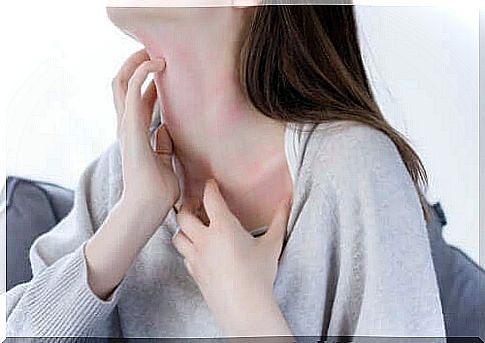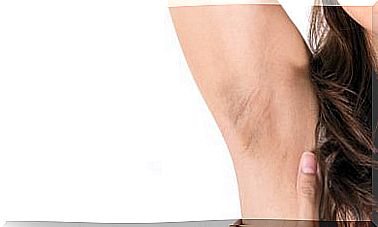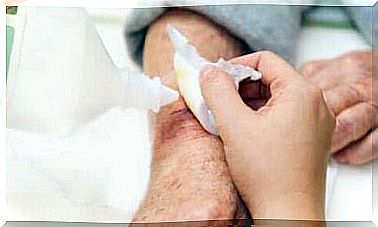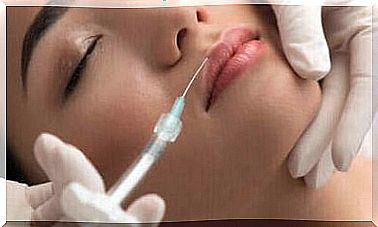Drug-induced Photosensitivity

It is estimated that around 3,000 drugs can cause photosensitivity. But what is this problem? What are its symptoms? Find out from our article.
Drug- induced photosensitivity is quite common. It is estimated to be caused by around 3,000 drugs. It can manifest as a phototoxic or photoallergic reaction.
Both reactions occur in the framework of photosensitivity, although these are not the only responses of the organism to similar circumstances. We are talking about any anomalies that appear on the skin after exposure to the sun during treatment with certain medications.
Especially in summer, caution is key. Therefore, both specialists and patients should know which drugs trigger these reactions.
What is drug-induced photosensitivity?
We are talking about a skin reaction after exposure to the sun, the rays of which interact with compounds contained in drugs.
These compounds react with the light spectrum between visible light and ultraviolet radiation. They can be both active compounds and auxiliary substances constituting a component of the formula.

It is worth noting that photosensitivity accounts for 8% of all drug-induced side effects, and skin pigmentation is among the risk factors. The more pigment in the skin, the more likely this reaction will occur.
In addition to those with more pigmentation, there are other groups at risk of this type of reaction. Belong to them:
- Patients treated with NSAIDs for chronic pain.
- Cancer patients receiving chemotherapy.
- People with mental illnesses treated with phenothiazine.
- Hypertensive patients taking thiazide diuretics.
- Elderly and weakened people.
What is a phototoxic reaction?
As already mentioned, the phototoxic reaction is a type of drug-induced photosensitivity response. Unlike the photoallergic reaction, the phototoxic reaction does not involve the immune system.
It accounts for 95% of drug-induced photosensitivity reactions. It appears minutes to hours after taking the drug, and the symptoms are as follows:
- Erythema and swelling.
- Fluid-filled blisters.
- Symptoms similar to those of sunburn.
These reactions are more likely to occur in association with medications taken by mouth and develop because of free radicals that react with oxygen. This produces chemicals that are harmful to cells.
What is the photoallergic reaction?
This is a different type of photosensitivity reaction. The immune system plays a part in it. It is caused by chemical changes caused by the action of UV rays.
The drug turns into another substance called hapten, which interacts with the proteins in the skin. Then it triggers a response from the immune system.

Symptoms include eczema-like inflammation if given by mouth or exanthema if given systemically.
What drugs cause photosensitivity?
Unfortunately, many drugs can cause these reactions. Therefore, you should always read the leaflets and seek information on photosensitivity.
We present a shortlist of some of the drugs in this group. However, there are many more of them, so you should always consult your doctor or pharmacist.
- Antibiotics: tetracyclines, cephalosporins, and tuberculosis drugs.
- Drugs for cardiovascular diseases: thiazides, ACEI and statins.
- Medicines to lower blood sugar.
- Anti-inflammatory non-steroidal drugs.
- Retinoids.
- Psychotropics.
- Chemotherapy.
- Antihistamines.
Knowledge is key
First and foremost, you should be concerned with the side effects of your medications. For this, you need to read leaflets and talk to doctors. Drug-induced photosensitivity is common, so it’s good to know what causes it and how to prevent it.









